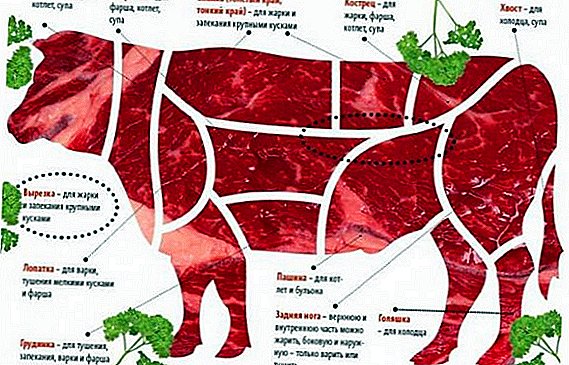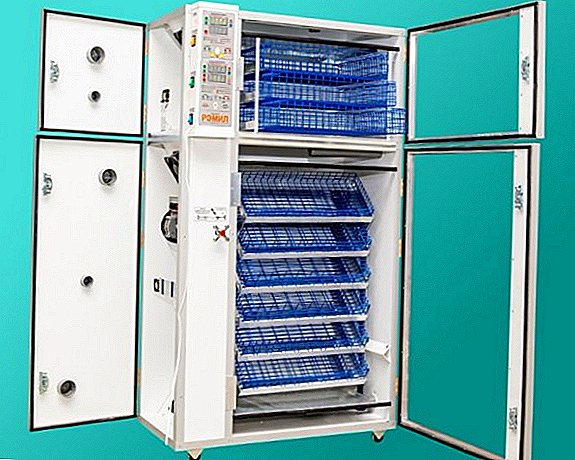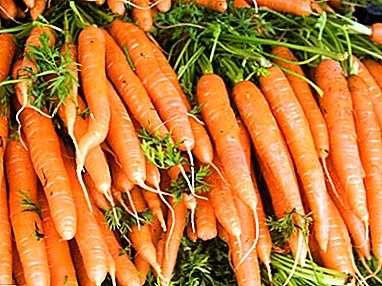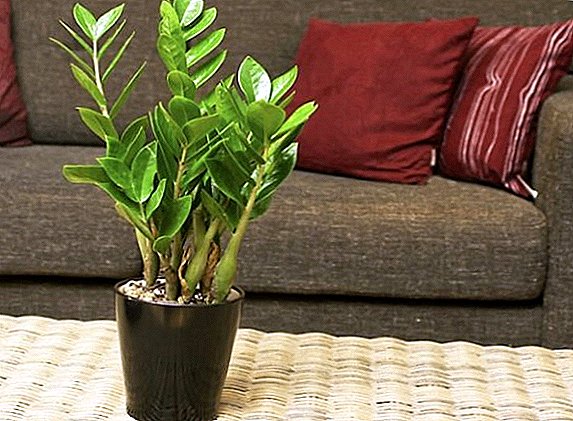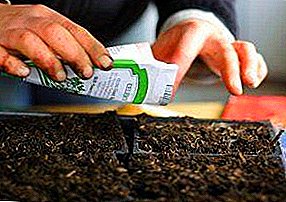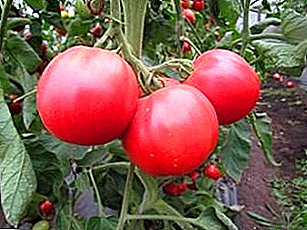
Beet Bordeaux 237 everywhere grown gardeners for many years. In times of no variety of varieties, whole generations planted this beets.
Beautiful in the garden, easy to care for, tasty, good for health and rich in nutrients.
Bordeaux 237 refers to the mid-ripening type of ripening, has good storage properties, pleases lovers of this vegetable, both in summer, in fresh salad, and in winter in rich borscht or in canned form.
The article tells about the basic rules of cultivation, harvesting and storage methods of vegetables.
Characteristic and description
Bordeaux 237 has a round-flat shape, rich red color and barely noticeable banding. The surface is rough, the flesh is elastic and sugary. During growth, the fruit is pushed out of the ground almost to the middle of its size. The weight of a ripe fruit is 230-500 grams. The yield of 70-90 tons per hectare. One-seeded beets are called because only one fruit grows from one seed.
Plant photo
Here you can see the beet photo:





Breeding history
The variety obtained during the Great Patriotic War in the All-Russian Research Institute plant breeding and seed production. The beginning of mass use throughout the country began in 1943. When creating a species, scientists, first of all, pursued the goal of high yield and low plant death.
Difference from other varieties
Due to the possibility of harvesting several times a year, the variety is intended for cultivation in warm areas of the country. But this does not mean that it is not suitable for an average or moderate climate. Bordeaux can be planted before winter and already at the beginning of summer enjoy the tasty and healthy root vegetables.
Merits
- It does not require complex care, most importantly, watering and weeding.
- Root crop of medium size, convenient for cooking individual dishes.
- It is well kept and practically does not deteriorate.
- Resistant to bloom.
- Germination - 99.9%.
- It is not subject to insects.
disadvantages
- The need for an unplanned dive.
- Requires extensive growing area.
Application Methods
The main method of application is cooking. During heat treatment, practically does not lose color intensity. From this beet cooked borsch, make main dishes and salads.
Growing Instructions
Buying seeds
 On sale there are two types of seeds: "Bordeaux 237" and "Beet table Bordeaux single seed". The second variety has a lower root weight (150-230 grams). Seeds can be purchased all year round in specialized stores. for gardeners and chain stores during the planting season.
On sale there are two types of seeds: "Bordeaux 237" and "Beet table Bordeaux single seed". The second variety has a lower root weight (150-230 grams). Seeds can be purchased all year round in specialized stores. for gardeners and chain stores during the planting season.
Depending on the manufacturer, the price ranges from 12 to 50 rubles per bag. The weight of a pack is 3-5 grams, the content is 40-50 pieces. Often inside there is rubbish.
When to plant?
You can start planting beets at the end of April or by winter in the second half of October, before the first frost, so that the seeds do not die. By winter, it is good to add humus to the soil, and mineral fertilizer in the spring.
Choosing a place
Bordeaux is planted only in sunny areas even a slight shading can significantly reduce the yield. Root grows well in places where previously grew potatoes, cucumbers, tomatoes, onions.
The soil
It is important to pay attention to the acidity indicators of the soil. This grade, for good growth requires neutral or slightly acidic soils. Even with a slight increase in acidity, the roots are shallow and become fibrous and hard. With an excess of alkali in the soil on the roots and leaves fungal rot appears. Neutral loamy soil - the best option for growing beets.
Landing
They put Bordeaux in an ordinary way, the width between the rows is 45 cm. And they also use two-line sowing, in which the distance between the rows remains the same as in the first case, and between the tapes is left 20 cm. In the same way, a three-line sowing method can be produced. On heavy soils, seeds deepen by 2 cm, on light ones - by 4 cm. A bed is formed of high or medium height.
Temperature conditions
Bordeaux belongs to cold-resistant cultures. Its seeds begin to germinate at a temperature of 4-5 ° C. The temperature for growing is + 22 ° С. It does not tolerate frosts. The seedlings withstand a decrease in temperature to -2 ° C. Prolonged cooling leads to the suspension of the growth of root crops.
Watering
The first watering of beet beds is carried out immediately after sowing. This allows you to get quick shoots. Increased watering is also required during the formation of the fruit. Further it is necessary to observe the moderate mode. In hot weather, the beds should be watered daily or every other day.
Do not allow the drying of the soil, it will lead to the death of germinating seeds. Adult plants are watered once a week. In the heat you can not be watered during the day, because the beets have delicate leaves, they can get burned. It is better to do this either at sunrise or at sunset. Overflowing soil can lead to cracking beet root crops.
Other measures
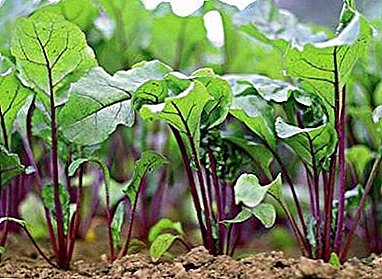 Immediately after sprouting, sprouting should be done to form a row and control the distance between the plants. This measure allows you to adjust the size of the root.
Immediately after sprouting, sprouting should be done to form a row and control the distance between the plants. This measure allows you to adjust the size of the root.- Perform timely weeding and loosening between rows. Weeding should be carried out after each watering and rain.
- Feed the plant. Bordeaux quite actively consumes nutrients from the soil during the entire period of maturation, therefore fertilization is extremely necessary.
- In no case beetroot spud.
Harvesting
After 80-120 days, Bordeaux 237 reaches its agronomic maturity and can be harvested. Two weeks before the date of collection, it is necessary to stop watering, otherwise the fruit will be poorly stored, subject to rotting. Collect beets need in dry weather. This grade is easily pulled out of a bed. In the case of difficulties with large specimens, you can gently undermine the root.
Storage
It is best to store Bordeaux in the cellar or on the balcony adapted for storing vegetables. The optimal storage temperature is from -1 to +3 degrees. At higher temperatures, the beetroot becomes flabby due to loss of moisture. The root crop is carefully laid in boxes with wet sand or in baskets. A small amount of beets can be stored in the refrigerator for a long time.
Diseases and pests
Variety Bordeaux 237 resistant to pests and diseases. Of the diseases, in rare cases, a vegetable affects Cercosporosis or Peronosporosis. Of insects, the attack of the weevil, leaf and root aphids, beet flies, flea beetles, and the shield beetle is possible.
Prevention
To avoid problems, before planting, it is recommended to soak the seeds in the solution of potassium permanganate. It disinfects and disinfects seedlings. Immediately after planting, it is good to sprinkle the beds with ashes, this will reduce the acidity of the soil and scare away the midges. Particular attention should be paid to the removal of weeds. "Littered" beds are not only destroying the plant and inhibiting its growth, but also a breeding ground for insects.
Bordeaux 237, without exaggeration, the classic domestic gardening. The variety will please both beginners and experienced gardeners. With a minimum of care, a good harvest is guaranteed. Many gardeners, having tried other varieties, still return to the time-tested Bordeaux 237.


 Immediately after sprouting, sprouting should be done to form a row and control the distance between the plants. This measure allows you to adjust the size of the root.
Immediately after sprouting, sprouting should be done to form a row and control the distance between the plants. This measure allows you to adjust the size of the root.
